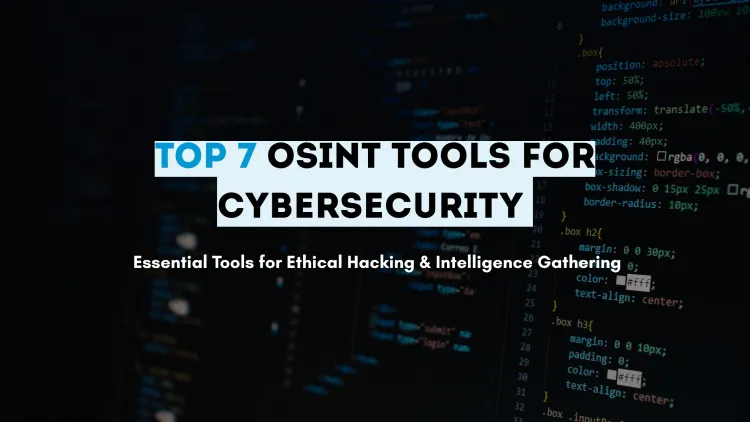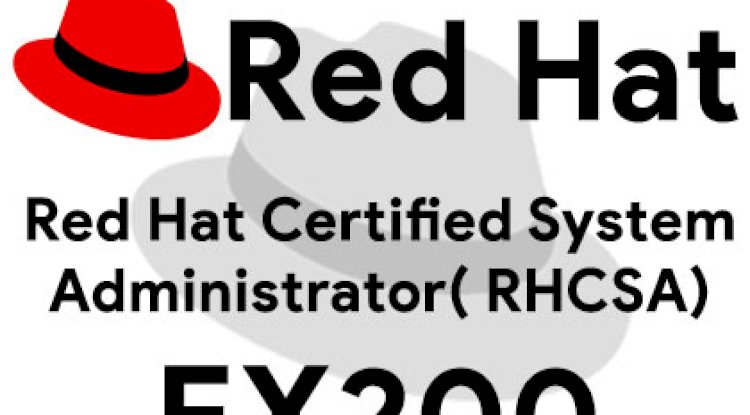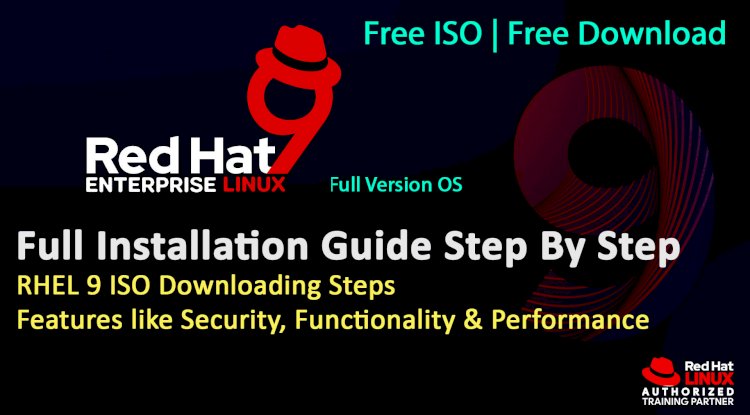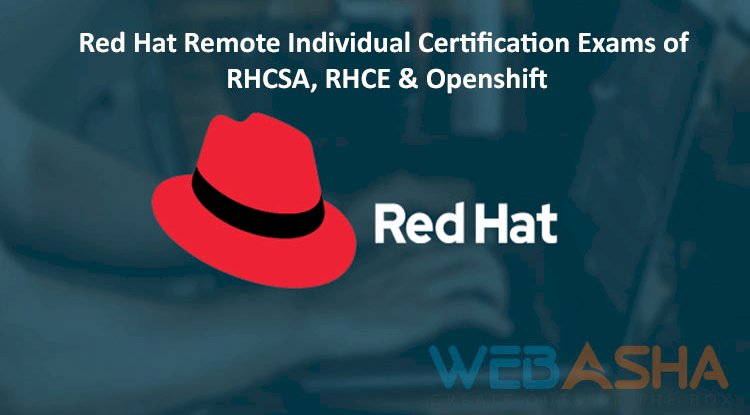Top 7 OSINT Tools Every Cybersecurity Professional Should Know | The Complete Guide
Open Source Intelligence (OSINT) has become a critical component in modern cybersecurity practices. By leveraging publicly available data, cybersecurity professionals can gather valuable insights, uncover vulnerabilities, and identify cyber threats before they escalate. In this blog, we cover seven of the top OSINT tools that every cybersecurity professional should be familiar with. These tools range from link analysis tools like Maltego, to network reconnaissance solutions like Shodan and Recon-ng, to specialized frameworks like the OSINT Framework. Each tool serves a unique purpose, making it easier for security professionals to gather intelligence, assess security threats, and proactively defend their digital environments.

Open Source Intelligence (OSINT) plays a critical role in the world of cybersecurity, helping professionals gather information from publicly available sources to identify threats, track cybercriminals, and improve security posture. OSINT tools allow cybersecurity experts to sift through vast amounts of data on the internet, social media platforms, public records, and more to make informed decisions. In this blog, we will explore some of the most essential OSINT tools every cybersecurity professional should know to help with threat analysis, monitoring, and investigation.
1. Maltego
Overview:
Maltego is a powerful tool used for link analysis and data mining in OSINT investigations. It allows cybersecurity professionals to visualize relationships between people, organizations, websites, and other entities. Maltego can map networks, show connections between different pieces of information, and uncover hidden patterns, making it a vital tool for uncovering and analyzing complex cyber threats.
Key Features:
-
Graph-based Analysis: Visualizes relationships between entities, enabling investigators to map connections clearly.
-
Data Mining: Gathers data from various sources such as social media, domain names, and public records.
-
Advanced Queries: Allows for powerful queries to identify connections, affiliations, and relationships that might otherwise go unnoticed.
Use Case:
Maltego can be used to investigate potential cybercrime networks by tracing the digital footprints of hackers, uncovering hidden domains, or mapping the relationships between various actors in a breach. For example, an investigator might use Maltego to track the digital trail left by a phishing attack.
2. Shodan
Overview:
Shodan is a search engine that scans the internet for publicly accessible devices, including webcams, servers, routers, and other IoT devices. By searching for specific device types, services, or vulnerabilities, Shodan provides invaluable insight into the potential exposure of systems connected to the internet.
Key Features:
-
Device Discovery: Search for devices connected to the internet, including IoT, SCADA systems, and more.
-
Vulnerability Scanning: Detect known vulnerabilities on devices by checking if they are exposed to the internet.
-
Real-Time Alerts: Get notifications for changes in device status, helping you track evolving threats.
Use Case:
Shodan is crucial for identifying exposed systems and vulnerabilities before they can be exploited by cybercriminals. For example, a cybersecurity professional can use Shodan to find unpatched devices running outdated software or unsecured webcams that could be hacked for surveillance purposes.
3. theHarvester
Overview:
theHarvester is a tool primarily used for gathering information about a target from public sources like search engines, social media platforms, and PGP key servers. This tool is invaluable for reconnaissance during penetration testing or threat intelligence gathering.
Key Features:
-
Email Harvesting: Collects publicly available email addresses from various sources, helping identify targets for phishing attacks.
-
Subdomain Enumeration: Finds subdomains of a target organization, which may reveal entry points for attackers.
-
DNS Interrogation: Performs DNS queries to gather domain-related information.
Use Case:
theHarvester is often used by penetration testers and cybersecurity professionals to gather initial intelligence about an organization. By compiling a list of email addresses, subdomains, and IP addresses, security professionals can evaluate the potential attack surface of a target and identify areas of vulnerability.
4. OSINT Framework
Overview:
The OSINT Framework is a comprehensive directory of open-source intelligence tools and resources. This tool categorizes various OSINT tools based on specific types of information gathering, such as people search, social media analysis, and domain name lookup.
Key Features:
-
Comprehensive Categorization: Organized by different data sources, making it easy to find the right tool for specific tasks.
-
Open-Source Resources: Links to tools that are freely available for OSINT professionals.
-
Customizable: Allows users to filter and select OSINT tools based on their specific needs.
Use Case:
For cybersecurity professionals who are new to OSINT or those seeking a broad overview of available tools, the OSINT Framework provides an excellent starting point. It is a valuable resource for identifying the right tool for gathering intelligence in a specific area, whether it’s social media, geolocation, or domain analysis.
5. Recon-ng
Overview:
Recon-ng is a full-featured web reconnaissance framework designed to automate various OSINT tasks. It provides modules for gathering information from a variety of online sources, making it one of the most versatile tools for security professionals.
Key Features:
-
Modular Framework: Includes numerous modules that can be customized for specific data collection needs.
-
Data Integration: Integrates data from external APIs, enabling seamless analysis.
-
Automated Reporting: Generates reports based on collected data, which can be used for analysis or sharing with stakeholders.
Use Case:
Recon-ng is widely used for both internal assessments and external reconnaissance. Security professionals use it to gather information from websites, perform social media investigations, and even check for domain-related vulnerabilities. Its automation features help speed up the process, making it easier to gather data from multiple sources.
6. SpiderFoot
Overview:
SpiderFoot is an open-source reconnaissance tool that automatically collects intelligence from over 100 different data sources. It helps cybersecurity professionals gather information about domains, IP addresses, email addresses, and more with minimal configuration.
Key Features:
-
Automated Reconnaissance: Scans a wide variety of sources automatically, gathering valuable intelligence with little manual effort.
-
Rich Data Sources: Access to hundreds of OSINT sources including WHOIS records, DNS data, and social media profiles.
-
Customizable: Users can configure the tool to focus on specific types of information or targets.
Use Case:
SpiderFoot is ideal for conducting broad reconnaissance on a target. Whether investigating an organization, domain, or individual, SpiderFoot quickly collects relevant data to build a comprehensive intelligence profile, helping cybersecurity professionals detect vulnerabilities and potential threats.
7. Social-Engineer Toolkit (SET)
Overview:
The Social-Engineer Toolkit (SET) is designed specifically for social engineering attacks, one of the most common techniques used by cybercriminals. While it’s primarily used for penetration testing, it can also be a valuable tool for cybersecurity professionals to understand how attackers might exploit social engineering tactics.
Key Features:
-
Phishing Simulations: Allows the creation of fake websites to simulate phishing attacks and test employee awareness.
-
Payload Creation: Can generate payloads for social engineering tactics, like malicious emails and phone scams.
-
Customizable Attacks: Offers options to tailor attacks to different social engineering scenarios.
Use Case:
SET can be used to test how vulnerable an organization is to social engineering attacks. By running controlled phishing campaigns or phone-based scams, cybersecurity professionals can educate users and improve awareness to prevent real-world attacks.
Conclusion
The field of OSINT is ever-evolving, and cybersecurity professionals must stay up-to-date with the latest tools and techniques to effectively identify and mitigate cyber risks. Whether you’re conducting a penetration test, tracking cybercriminal activities, or simply performing due diligence, the tools discussed in this blog—Maltego, Shodan, theHarvester, OSINT Framework, Recon-ng, SpiderFoot, and SET—are essential for any cybersecurity expert looking to enhance their OSINT capabilities.
By leveraging these tools, professionals can collect, analyze, and interpret open-source data to build a more secure digital environment, uncover potential threats, and proactively protect their organizations.
FAQs:
What is OSINT (Open Source Intelligence)?
Answer: OSINT refers to intelligence gathered from publicly available sources, such as websites, social media platforms, and public records. It is used for gathering insights to assess and mitigate security risks.
Why is OSINT important for cybersecurity professionals?
Answer: OSINT helps identify potential cyber threats, vulnerabilities, and trends, enabling proactive cybersecurity measures, threat hunting, and risk management.
What is Maltego used for in cybersecurity?
Answer: Maltego is a data mining and link analysis tool that visualizes relationships between entities such as people, organizations, and websites, helping cybersecurity professionals map out complex cyber threats.
How does Shodan assist cybersecurity investigations?
Answer: Shodan is a search engine that scans the internet for exposed devices like routers and webcams. It helps identify vulnerabilities in internet-connected devices before they are exploited by cybercriminals.
What type of information does theHarvester collect?
Answer: theHarvester gathers publicly available information like email addresses, subdomains, and IP addresses to assess potential attack surfaces during penetration tests and threat analysis.
How can the OSINT Framework benefit cybersecurity experts?
Answer: The OSINT Framework categorizes various open-source intelligence tools, making it easy for cybersecurity professionals to find the right resources for gathering intelligence on specific targets.
What are the key features of Recon-ng?
Answer: Recon-ng is a web reconnaissance tool that automates OSINT tasks. It offers a modular framework for gathering data from websites, performing social media investigations, and automating reporting.
What is SpiderFoot and how is it used?
Answer: SpiderFoot is an automated OSINT tool that collects data from over 100 sources, including WHOIS records and DNS data, to build comprehensive intelligence profiles about domains and IP addresses.
What role does the Social-Engineer Toolkit (SET) play in cybersecurity?
Answer: SET helps simulate social engineering attacks, such as phishing campaigns, to assess how vulnerable an organization is to psychological manipulation and malicious attacks.
What is the main function of Maltego in threat intelligence?
Answer: Maltego helps security professionals conduct link analysis by visualizing connections between various digital entities, uncovering hidden relationships and identifying potential threats.
How do OSINT tools help with threat hunting?
Answer: OSINT tools help cybersecurity professionals proactively identify signs of malicious activity, track threat actors, and gather intelligence to stop attacks before they occur.
How can Shodan be used to detect vulnerabilities?
Answer: Shodan scans the internet for exposed devices and services. It detects outdated software and unpatched vulnerabilities, making it easier to secure exposed systems.
Is theHarvester useful for penetration testing?
Answer: Yes, theHarvester is widely used during penetration tests to gather essential intelligence such as email addresses and subdomains, which can aid in identifying entry points for attackers.
What are the limitations of OSINT tools?
Answer: OSINT tools may not be able to access private or restricted information, and the data gathered may not always be up-to-date or accurate.
How does Recon-ng help automate reconnaissance?
Answer: Recon-ng provides modules that automate various OSINT tasks, reducing the time spent on manual research and making the process of gathering intelligence more efficient.
Can SpiderFoot automate the reconnaissance process?
Answer: Yes, SpiderFoot is designed to automate data collection from a wide range of OSINT sources, minimizing the need for manual data gathering and reducing human error.
How does SET help prevent social engineering attacks?
Answer: SET allows organizations to simulate phishing attacks and social engineering scenarios, helping employees recognize and respond to malicious tactics in real-world situations.
Can Shodan be used for industrial cybersecurity?
Answer: Yes, Shodan is particularly useful in industrial cybersecurity for identifying exposed SCADA systems and IoT devices, which may have vulnerabilities that can be exploited by cybercriminals.
What is the difference between OSINT and other intelligence types?
Answer: Unlike classified intelligence or signals intelligence, OSINT is gathered from publicly available sources, making it accessible to anyone with the right tools.
How do I stay updated with the latest OSINT tools and techniques?
Answer: Follow industry blogs, participate in cybersecurity forums, and subscribe to OSINT-specific newsletters to stay informed about new tools and developments in the field.
How can Maltego enhance investigations during a cyber attack?
Answer: During a cyber attack, Maltego helps investigators visualize the relationships between compromised entities, track hacker activities, and uncover hidden attack vectors.
Is SpiderFoot suitable for beginners in OSINT?
Answer: Yes, SpiderFoot is user-friendly and offers automated data collection, making it accessible to beginners in OSINT while still providing advanced functionality for experienced professionals.
Can Recon-ng integrate with external data sources?
Answer: Yes, Recon-ng integrates with external APIs, allowing cybersecurity professionals to access additional intelligence sources for deeper analysis and reporting.
What are some real-world use cases for Shodan?
Answer: Shodan is used to identify vulnerable systems, monitor devices for signs of compromise, and assess the security of IoT devices and industrial control systems.
What is the best OSINT tool for social media monitoring?
Answer: Tools like Maltego and SpiderFoot are excellent for monitoring social media, as they can track digital footprints and uncover hidden relationships between individuals and organizations.
How does theHarvester improve penetration testing efficiency?
Answer: theHarvester improves efficiency by automating the gathering of crucial intelligence, enabling penetration testers to quickly identify attack vectors and weak points in a target's defenses.
Are there any free alternatives to Maltego?
Answer: While Maltego has a paid version, there are free alternatives like theHarvester and SpiderFoot that offer similar functionalities for basic OSINT investigations.
How do I use OSINT tools without violating privacy laws?
Answer: Always ensure that the data you collect is publicly available and comply with data protection laws such as GDPR. Avoid accessing restricted or private information.
How can OSINT tools be used for incident response?
Answer: OSINT tools can help incident responders gather information about the attack, identify the threat actor, and understand the scope of the attack by analyzing public records and digital footprints.
What are some advanced techniques in OSINT investigations?
Answer: Advanced techniques include using AI-powered tools, automating data collection from multiple sources, and combining OSINT with other intelligence types like signals intelligence (SIGINT) for deeper insights.













![Top 10 Ethical Hackers in the World [2025]](https://www.webasha.com/blog/uploads/images/202408/image_100x75_66c2f983c207b.webp)

![[2025] Top 100+ VAPT Interview Questions and Answers](https://www.webasha.com/blog/uploads/images/image_100x75_6512b1e4b64f7.jpg)








